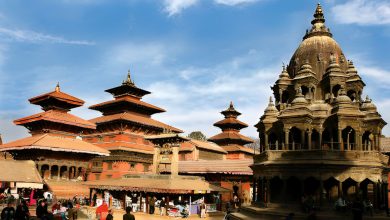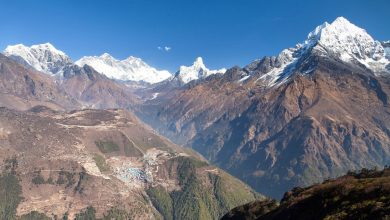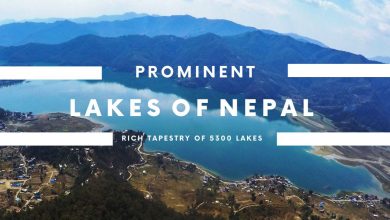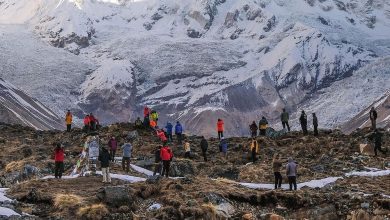18 Things You Should Know Before Visiting Nepal
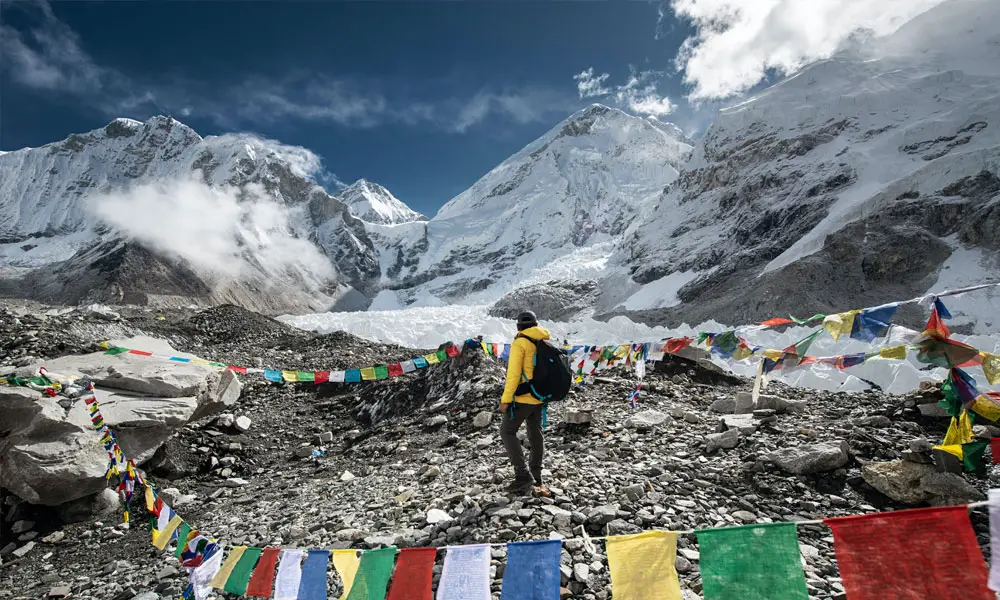
Nepal is quite a charming country that lies amidst the Himalayas of South Asia. The country is very rich naturally, culturally, and historically. The stunning landscapes, due to its rich nature, ancient history, great culture, and its people, make Nepal quite an attractive travel destination. If you are looking to travel here, there are many things you should know before visiting Nepal.
The country is landlocked and surrounded by China in the North and India in the east, west, and south. Nepal’s altitude in the north ranges up to the peak of the world at Mount Everest. On the other hand, in the south, the lowest elevations lie in the fertile lands of Terai. The hills of Nepal are quite a temperate place with very high settlements.
Such diverse landform makes Nepal a great place for traveling. The southern plains have rich wildlife within its sub-tropical forests, including Bengal tigers and one-horned rhinos. The hills and mountains are great places for treks as well as for cultural exploration. Similarly, the mountains of Nepal are quite massive and a hub for mountain climbing.
Nepal’s rich culture and history also attract a lot of people. Nepal is an ancient settlement area and houses many ancient relics and temples that are quite interesting to observe. Similarly, the people and their lifestyles are diverse and unique, making up for a great learning experience.
If you are planning to visit Nepal on an excursion or for any other reason, there are some major things you might want to know about it. Here, we have compiled a list of things you should know before visiting Nepal.
1) Everest lies in Nepal
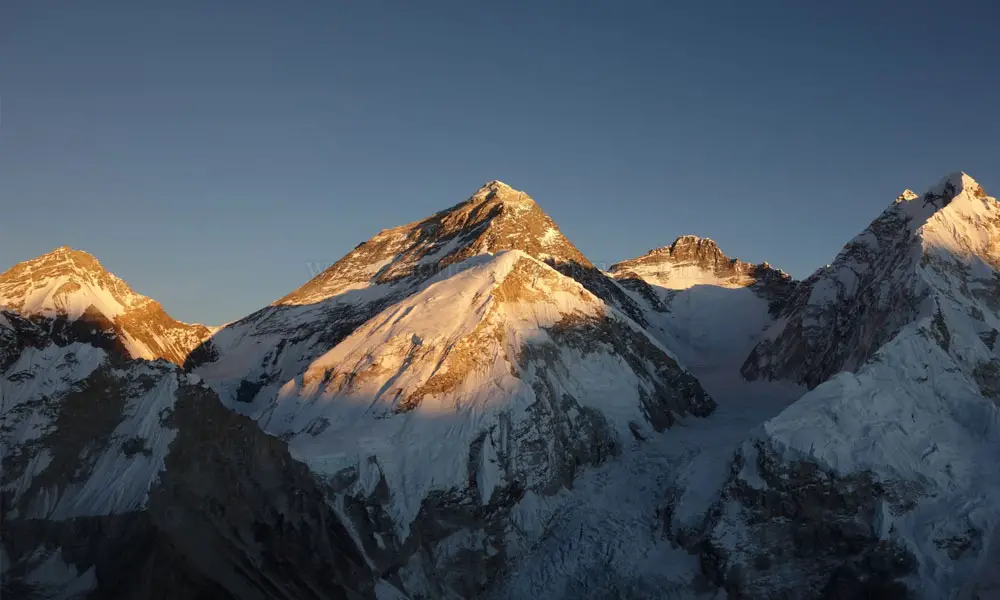
Mt Everest, the peak of the world, lies in Nepal in the northeast region of Solukhumbu. The mountain with its native Tibetan name, Chomolungma, or Nepali name Sagarmatha, lies on the northern border of Nepal and Tibet. Two third of the mountain lies in Nepal, and rest of it is accessible from Tibet. Most people who ascend Everest usually do it from the South face of Nepal. Around 6000 people have climbed the mountain. The permits and necessary permissions needed to do the Everest expedition are given by the Nepal government.
Everest’s existence in Nepal’s Himalayan range also provides interesting options for long-duration hikes. The Everest Base Camp trek is a popular trek that attracts a lot of people. It allows people to watch Everest up close and reach its base camp.
2) Nepal houses the highest number of eight-thousanders
The northern part of Nepal is filled with skyscraping mountains. Nepal houses a lot of peaks that ascend to a height of 8000 m. The mountains that exceed this height are often referred to as the eight-thousanders. Nepal houses eight of the fourteen eight-thousanders of the world. There is a popular trend among mountaineers to climb all 14 of these peaks as a career milestone. This makes Nepal a significant hub for mountain climbing. Among the eight-thousanders, Nepal houses the following peaks:
- Mount Everest
- Mount Kanchenjunga
- Mount Lhotse
- Mount Makalu
- Mount Dhaulagiri
- Mount Manaslu
- Mount Annapurna
- Mount Cho-Oyu
3) The highest pub in the world lies in Nepal.
Nepal houses the highest Irish pub in the world, which lies near the vicinity of Everest Base Camp. The most remote and unique Irish pub sets a record due to its location at 3450 m above sea level. You can find this pub on the way to Everest in the town of Namche Bazar. Namche Bazaar is also quite an aesthetically pleasing place to visit. It is known as the gateway to Everest. You do not necessarily need to climb Everest to visit this pub. A short flight from Kathmandu and a two-day trek will take you here.
4) Nepal has one of the highest number of world heritage sites lying in close proximity.
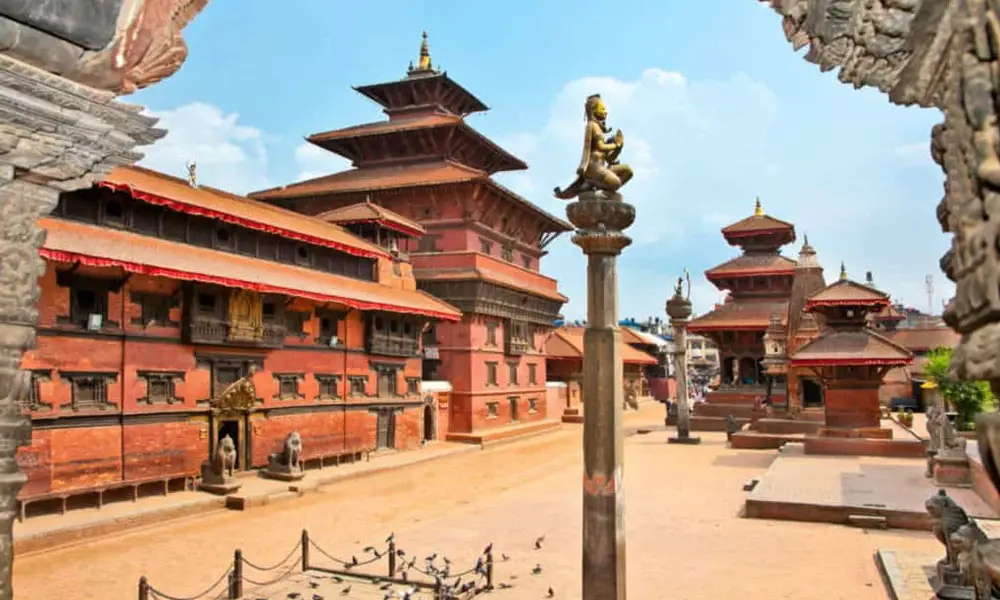
UNESCO designates particular places around the world that carry natural and cultural significance as world heritage sites. Nepal as a signatory of the UNESCO world heritage convention, has various sites declared in the list.
The UNESCO world heritage sites are scattered all around the country. But most of them lie within the valley. They are mostly ancient temples and religious structures of significance. These sites are highly revered and visited by a lot of tourists.
List of some major UNESCO world heritage sites in Nepal
UNESCO World Heritage sites within Kathmandu Valley :
- Kathmandu Durbar Square
- Patan Durbar Square
- Bhaktapur Durbar Square
- Swayambhunath Stupa (also known as the Monkey Temple)
- Boudhanath Stupa
- Pashupatinath Temple
- Changunarayan Temple
UNESCO World Heritage Sites in Lumbini:
- Lumbini Garden
- Maya Devi Temple
- Ashoka Pillar
UNESCO’s Natural heritage sites in Nepal
- Chitwan National Park
- Sagarmatha National Park (Mount Everest Region):
- Rara National Park
5) Nepal is the birthplace of Gautam Buddha.
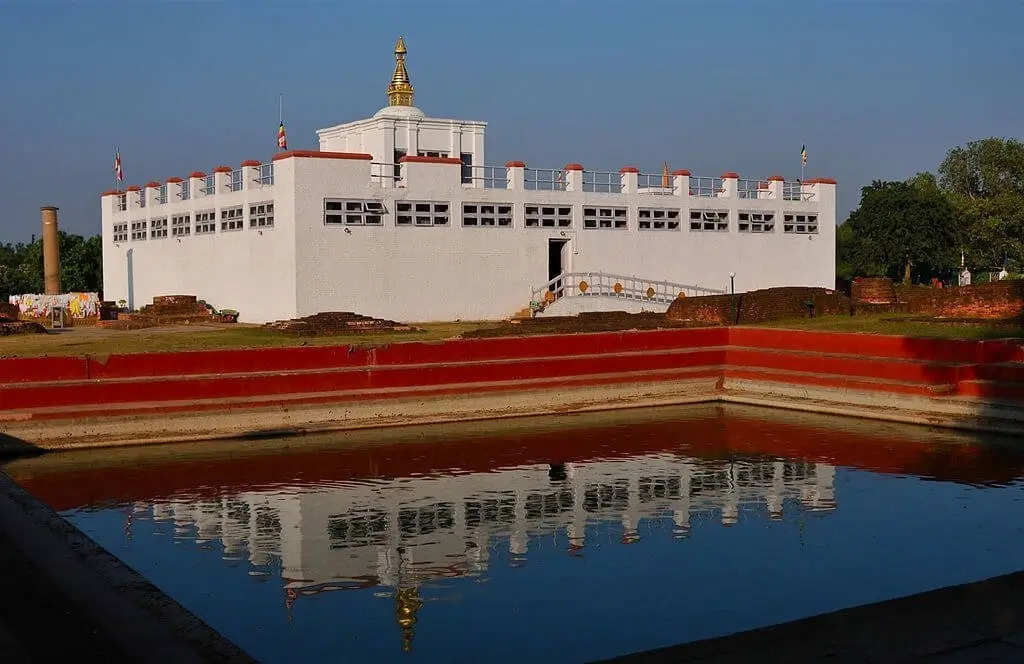
The founder of Buddhism, Gautam Buddha, or Siddhartha Gautam, was a prince of the Shakya clan of Kapilvatsu Lumbini. It is believed that he left his kingdom to meditate in Bodhgaya. The birthplace of Buddha still persists and serves as a site of historical and religious significance. The Lumbini area’s vicinity has been declared a peace zone, and the place houses museums, ancient relics, and historical artifacts. Places like the Mayadevi temple, garden, Ashoka pillar, etc., are prominent attractions in Lumbini currently.
6) Nepal’s 80% of the population follow Hinduism.
The majority of the Nepali population follow Hinduism. Meaning Nepal’s history and contemporary culture are highly influenced by Hinduism. Hence, most of the popular cultural and historical sites of Nepal are primarily temples. One of the oldest Hindu temples, Pashupatinath, lies in Nepal. It is highly revered among pilgrims, and numerous Hindu pilgrims come to this holy site every year.
Similarly, historical artifacts of the ancient kings of Nepal also reflect Hindu norms and values. The Durbar squares of Patan, Kathmandu, and Bhaktapur and their temples, relics, and statue are highly influenced by Hindu gods and myths.
7) Nepali people worship cows, and slaughtering cows is prohibited in Nepal.
Since Nepal is highly populated by Hindus, the Hindu people revere cows as the goddess Laxmi. Since ancient days, there has been a culture of worshipping cows. Nepal even considers the cow as its national animal. So the majority of the population does not deem eating beef as a positive thing. Cow slaughter is literally banned by Nepal as per its Penal Code. The slaughter and consumption of cow meat could lead up to 12 years of imprisonment.
8) Nepal is not very liberal about PDAs.
Nepali culture is quite conservative in regard to close physical contact and expressions of affection. Acts of public display of affection, like holding hands, locking arms, or kissing, are not common. Even married couples do not partake in such acts. Although such acts might be seen among the younger generation, society frowns upon them. So it is highly recommended to avoid acts of PDA while in Nepal.
9) Nepalese have staple food of rice, lentils, and vegetable curry.
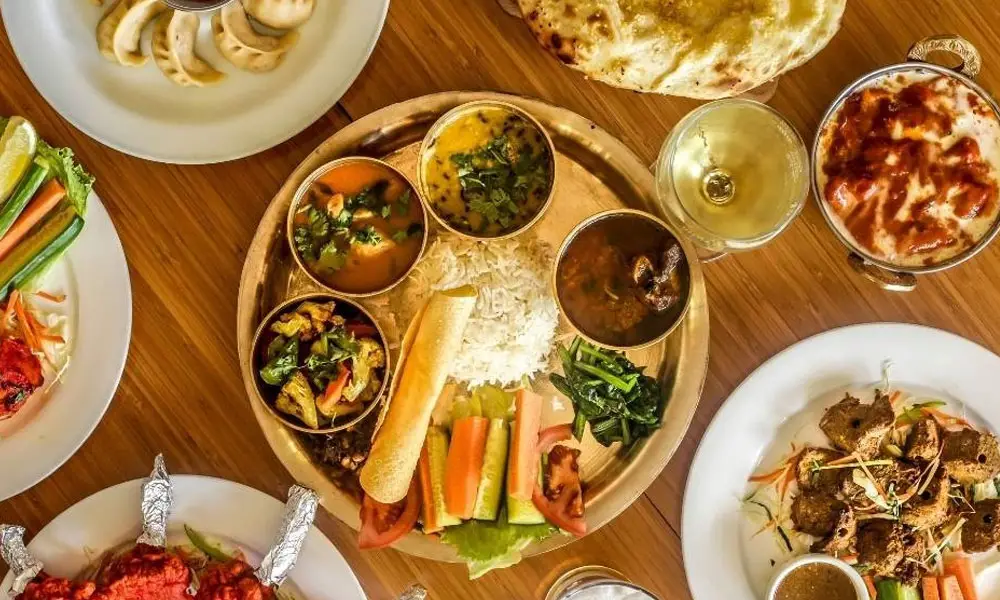
Nepalese people have the same meal every day as a staple diet. This meal primarily consists of rice, lentils, and vegetable curry. Meat curry is also added on some occasions. This meal is called daal bhaat tarkari in the native language. The food contains a good balance of carbs, protein, fats, and fibers. Variations to this meal are made by cooking different vegetables or adding pickles and spices.
10) Nepal is very diverse culturally.
Nepal lies between two big countries, India and China. A lot of Nepal’s culture and ethnicity are highly influenced by these two countries. The influence of Tibetan culture is evidently seen in the northern region of Nepal. On the other hand, the influence of Indian culture is seen in the south.
Nepal’s diversity in culture can also be seen through the large number of languages spoken here. Around 125 languages are spoken in Nepal by various cultural and ethnic groups. You will meet culturally diverse people when you visit different parts of the country. Visiting Nepal is a great idea if you are looking for cultural exploration and learning.
11) Nepal is the only country that does not have a rectangular flag.
The flag of Nepal is one of the most unique ones in the world. Nepal’s flag has two triangles attached vertically to each other. The upper triangle has a crescent moon, while the lower one has a sun. The sun and moon are said to represent Hinduism and Buddhism, the two most followed religions in the country. The Nepalese people highly revere their national flag and expect everyone respects it. So when visiting Nepal, make sure you do not do any activity that might harm the sanctity of the Nepali flag.
12) Nepal is the home of living goddesses.
The concept of worshipping a prepubescent girl as a goddess called Kumari is an age-old tradition in Nepal. This tradition can be traced back to the 17th century. Three Kumaris are selected for Kathmandu, Patan, and Bungamati. The selection process is done by a priest and an astrologer. This selected goddess is supposed to be possessed by the goddess Durga. She lives in temples as the manifestation of Durga. The role of these Kumaris varies from place to place.
Kumaris usually cannot leave their palace, also known as Kumari Ghar. However, tourists can visit Kurami inside her palace and pay respect.
13) Sherpas are inhabitants of Nepal.
If you are a regular trekker or mountaineer, you must’ve heard the word Sherpa. People usually use the word Sherpa synonymously with guides or porters in the Himalayas. But the fact is Sherpas are an ethnic group that is native to the Himalayas of Nepal. They are native to the Solukhumbu region of Nepal. This is also the place that houses Mount Everest.
Their origins are Tibetan and are prominently found in various places in the Himalayas. Since their native land is in remote mountains, they are well acquainted with such places. That is why a large number of people from the Sherpa community work as guides and porters. Their work has literally established a trend of calling guides and porters Sherpa despite their ethnic background. Although it allows for Nepalese names to spread, people consider this trend quite racist as well.
14) Elephant polo was started in Nepal.
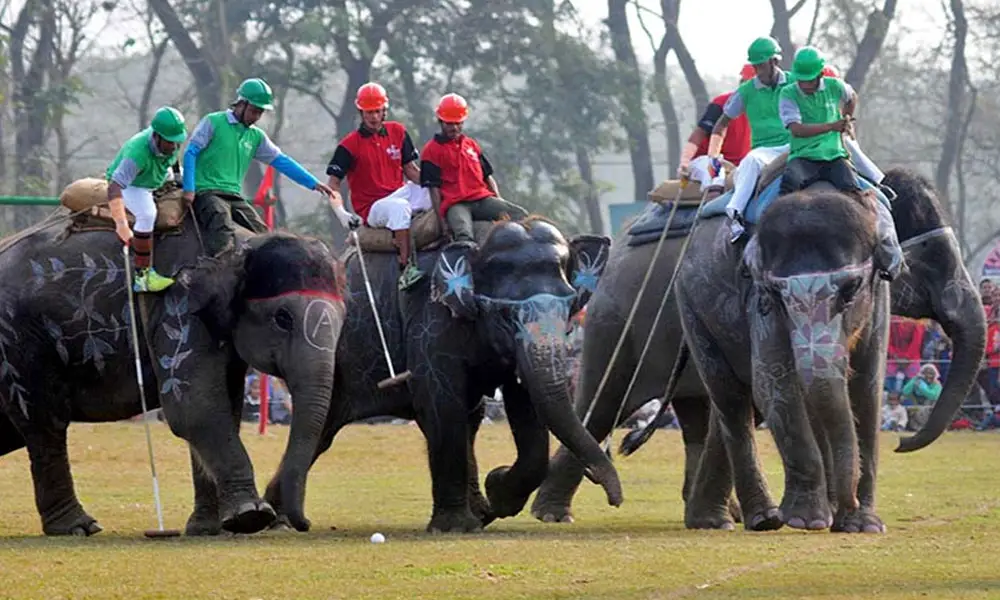
Elephant polo is a sport involving elephants that originated in Meghauli city of Chitwan in Nepal. The sport includes people mounting an elephant with a large stick to hit the ball towards a goal. It is similar to a regular polo but involves elephants instead of horses. The abundance of wildlife and elephants in Nepal turned Elephant polo into an actual sport. Elephant polo has grown and is now played even in other countries like India, Thailand, England, Scotland, etc.
15) Nepalese people love mo:mo:
Nepalese people have a very popular version of dumplings. These dumplings are made up of a layer of dough and filled with vegetables or minced meat. They differ from typical dumping due to the spices the fillings used. Moreover, the Nepalese dumplings or momo are served with hot tomato sauce that is highly influenced by the South Asian food palate. These dumplings can be fried, steamed, or even made into unique salad-like dishes.
16) Nepal houses many rare wildlife.
Nepal is popular for housing many rare species of plants and animals. Various endangered animals and birds that are in the verse of extinction are found in Nepal. The diverse landscape of Nepal allows it to serve as a home for various types of wildlife. Various national parks are established in Nepal to protect these wildlife.
Some rare wildlife found in Nepal
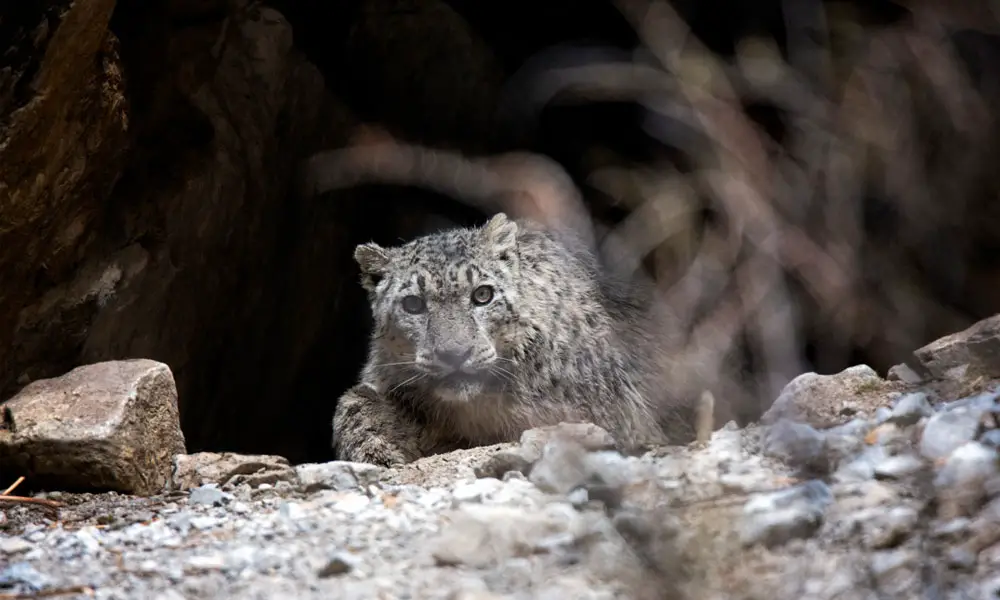
- Bengal Tiger – The highly endangered species of Bengal Tiger are found in Nepal. These fascinating creatures are found in the forests of Chitwan and Bardiya. You might get a glimpse of them in the Chitwan or Bardiya National Park.
- Snow Leopard – Snow leopards are from the Himalayas. You might find some of them in the highlands of Nepal. The region of Dolpo and Khumbu are significant places of habitat for snow leopards.
- Red Panda – Red Pandas are found in subalpine or alpine forests of the Himalayas. These furry creatures populate the Himalayan trails of Lantang, Khumbu, Kanchenjunga, etc. You can find them in protected areas like Langtang National Park, Sagarmatha National Park, Kanchenjunga Conservation Area, and Makalu Barun National Park. The red panda is even kept in the central zoo in Kathmandu with a suitable environment.
- Himalayan Munal or Lophophorus – This unique bird is known for its vibrant plumage and is found in the forests and shrubland of the Himalayas. It is also the national bird of Nepal.
- Spinny Babbler– It is a bird native to the hills of Nepal. The bird is famous for its tiny stature and spiny appearance.
- Himalayan Tahr – Himalayan Tahr is a type of wild goat found in the Himalayas of Nepal. They are predated by snow leopards and leopards. These wild goats are listed as near threatened group as per IUCN.
- One-horned Rhino – These rhinos, native to India, are red-listed in endangered species of IUCN. They are also found in several places in Nepal. You can even find them in the central zoo in Kathmandu.
- Asiatic elephant – Asiatic elephants are the species of the genus elephant found in the Indian subcontinent and southeast Asia. Naturally, it is found in Nepal too.
17) Nepal has many conservation areas to protect its wildlife.
Nepal has various areas that are rich in wildlife. These places are marked as protected areas to ensure the wildlife is cared for. Nepal has around twelve national parks and one wildlife reserve. There is also one hunting reserve in Nepal that allows hunting of certain animals. The national parks focus on protecting both flora and fauna. On the other hand, wildlife reserves are mostly focused on protecting their fauna. Many wildlife reserves have been turned into national parks in recent years.
A hunting reserve also exists here, and it is meant to protect wildlife and regulate the hunting of animals. You can visit these places to explore the wildlife of Nepal. They are often crossed during remote trail trekking in Nepal.
A list of protected areas you might find in Nepal.
- National Parks
- Chitwan National Park
- Bardiya National Park
- Sagarmatha National Park
- Khaptad National Park
- Shuklaphata National Park
- Shey Phoksunda National Park
- Rara National Park
- Makalu Barun National Park
- Lantang National Park
- Shivapuri Nagarjun National Park
- Banke National Park
- Parsa National Park
- Wildlife Reserve
- Koshitappu Wildlife reserve
- Hunting Reserve
- Dhorpatan Hunting reserve
Most of these places can be visited by tourists. However, you need to attain certain permits to get inside. So if you plan on visiting such places in Nepal, make sure you plan for it too.
18) Nepal offers many varieties of trekking options.
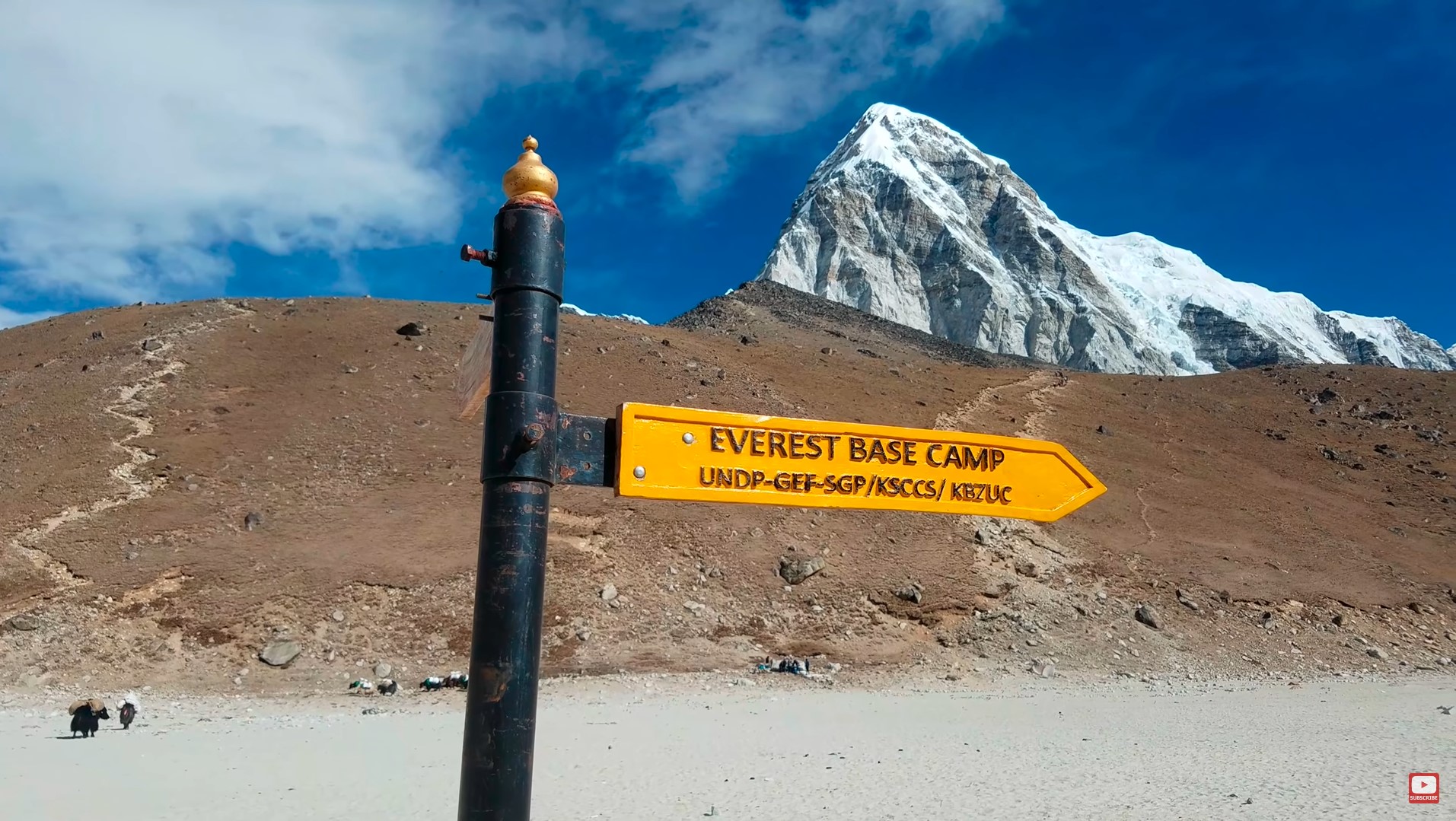
Nepal’s geography makes it an awesome place for trekkers to venture into something new. Much trekking in Nepal starts from the hills and ends at a higher altitude near the Himalayas. Most treks either take you to trails circling a particular area of the Himalayas. There are also treks that focus on taking you to the base of popular mountains.
You can see amazing mountain views during such treks and connect with locals. Treks that take you near Everest are also possible while in Nepal. If you want to visit Nepal for trekking, here are some options for you :
- Everest Base Camp trek
- Annapurna Circuit trek
- Annapurna Base Camp trek
- Lantang valley trek
- Mardi Himal trek
- Gosaikunda trek
- Manaslu circuit trek
- Manaslu Base Camp trek
- Upper Mustang trek
- Kanchenjunga Base Camp trek
See also:
